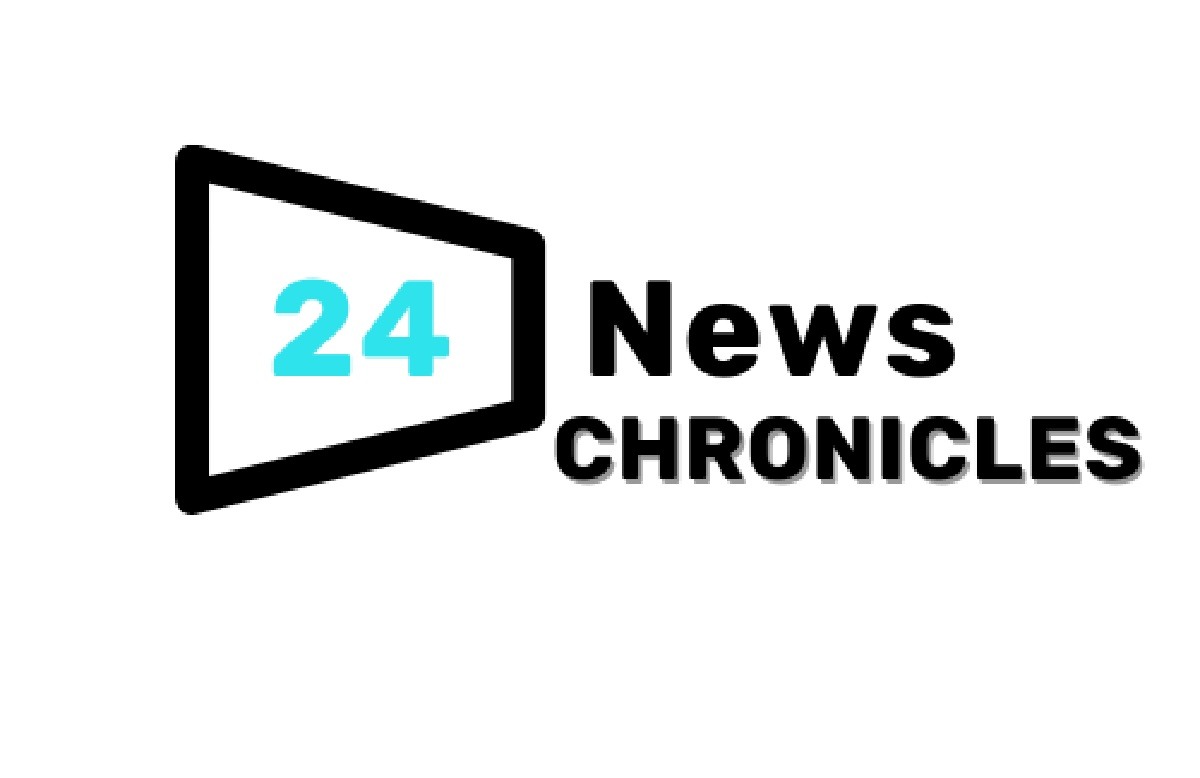In the highly competitive food industry, creating a strong brand presence is crucial for success. Custom food labels play a pivotal role in establishing brand identity and captivating consumers. Whether you’re a small artisanal producer or a large-scale manufacturer, investing in well-designed food label stickers can significantly impact your brand recognition and consumer appeal. In this comprehensive guide, we will delve into the world of custom food labels, covering the importance of design, printing options, and packaging solutions. Let’s explore how you can enhance your brand with custom food labels that leave a lasting impression.
Section 1: The Significance of Custom Food Labels
1.1 Making a Memorable First Impression
In a crowded marketplace, it’s essential to capture consumers’ attention and make a memorable first impression. Custom food labels offer a unique opportunity to showcase your brand and stand out from the competition. Through captivating design elements, you can create labels that leave a lasting impact on potential buyers.
1.2 Establishing Brand Identity with Custom Labels
Consistency is key when it comes to building brand recognition. Custom food labels allow you to incorporate your brand’s logo, colors, and design elements, creating a cohesive brand identity. By aligning your labels with your overall brand strategy, you can establish a recognizable and trusted brand in the minds of consumers.
1.3 Compliance with Regulations and Information Transparency
Food packaging regulations require specific information to be displayed on labels. Custom food labels enable you to meet these regulatory requirements while maintaining a visually appealing design. You can include essential information such as ingredient lists, nutritional facts, allergen warnings, and barcodes, ensuring compliance and providing transparency to consumers.
1.4 Effective Communication and Consumer Engagement
Custom food labels serve as a communication tool, allowing you to engage with consumers and convey important messages. You can highlight unique product features, certifications (e.g., organic, gluten-free), and brand stories through your label design. Effective communication on labels helps consumers make informed decisions and establishes trust in your brand.
1.5 Influencing Purchase Decisions through Eye-Catching Design
The visual appeal of your food labels plays a significant role in influencing consumer buying decisions. A well-designed label can evoke emotions, convey quality, and differentiate your product from competitors. Custom labels offer creative freedom to design visually appealing labels that resonate with your target audience and entice them to choose your product.
Section 2: Designing Custom Food Labels for Maximum Impact
2.1 Understanding Your Target Audience
Before diving into label design, it’s essential to understand your target audience. Consider their preferences, demographics, and buying habits. This knowledge will guide you in creating labels that resonate with your target market and effectively communicate your brand’s message.
2.2 Incorporating Brand Identity Elements
Consistency in branding is crucial for building a strong brand presence. Incorporate your brand’s visual elements, such as your logo, color palette, typography, and brand voice, into your custom food labels. This ensures that your labels align with your overall brand identity, reinforcing brand recognition and recall.
2.3 Choosing the Right Design Elements
When designing custom food labels, consider the use of colors, fonts, and graphics that align with your brand and product. Choose colors that evoke the desired emotions and reflect your brand’s personality. Select fonts that are legible and appropriate for your target audience. Incorporate graphics and illustrations that enhance the visual appeal and effectively communicate your product’s unique features.
2.4 Showcasing Appetizing Product Imagery
High-quality product imagery is a powerful tool to captivate consumers’ attention. Invest in professional product photography that showcases your food items in an appetizing and visually appealing manner. Use imagery that highlights key ingredients or product features, enticing potential buyers to choose your product.
2.5 Balancing Aesthetics and Information Clarity
While aesthetics are essential, it’s crucial to ensure that your custom food labels remain legible. Consider the size, placement, and readability of the text on the label. Choose fonts and font sizes that are easily readable, especially for important information such as product names, ingredients, and nutritional facts. Striking a balance between aesthetics and information clarity ensures that your labels effectively convey the necessary details to consumers.
Section 3: Printable Food Label Stickers: Material and Printing Options
3.1 Selecting the Appropriate Label Material
Choosing the right label material is vital to ensure the durability and functionality of your food labels. Consider factors such as moisture resistance, temperature resistance, and compatibility with different packaging materials. Common options include paper, vinyl, and film labels. Evaluate your product’s specific needs and select a material that suits your requirements.
3.2 Printing Techniques: Digital vs. Offset
When it comes to printing custom food labels, you have two primary options: digital printing and offset printing. Digital printing is suitable for smaller print runs and offers design flexibility. Offset printing is more cost-effective for larger quantities and provides a wider range of color options. Choose the printing technique that aligns with your budget, quantity requirements, and design complexity.
3.3 Waterproof and Durable Labels for Longevity
Food products often come into contact with moisture, oils, and other substances that can compromise label integrity. If your products require waterproof or durable labels, consider materials such as vinyl or film labels with additional protective coatings. Ensuring that your labels can withstand environmental conditions is crucial for maintaining their quality and visual appeal.
3.4 Finishing Touches: Lamination, Varnish, and Spot UV Coating
Finishing touches can enhance the appearance and durability of your food labels. Consider options such as lamination, varnish, or spot UV coating to add an extra layer of protection, increase visual appeal, and provide a premium look and feel to your labels. These finishing touches contribute to the overall impression of quality and professionalism.
3.5 Professional Printing Services vs. In-House Printing
Deciding whether to outsource your label printing or handle it in-house depends on factors such as budget, equipment availability, and expertise. Professional printing services offer specialized knowledge, high-quality printing, and access to a wide range of materials and finishes. In-house printing can be cost-effective for small-scale operations but may lack the same level of quality and capabilities. Evaluate your specific requirements and available resources to make an informed decision.
Section 4: Inspiring Food Packaging Label Examples
To provide inspiration for your custom food labels, here are some examples of effective food packaging labels:
4.1 Minimalistic Elegance:
Clean and simple label designs that emphasize the product’s quality and purity, often using a limited color palette and elegant typography.
4.2 Rustic Charm:
Labels that evoke a sense of tradition and authenticity, using hand-drawn illustrations, vintage-inspired fonts, and earthy colors to create a warm and welcoming feel.
4.3 Bold and Vibrant:
Labels that make a bold statement with vibrant colors, eye-catching graphics, and modern typography, appealing to a younger, more adventurous audience.
4.4 Eco-Friendly Appeal:
Labels that emphasize sustainability and eco-consciousness through the use of recycled materials, earthy tones, and nature-inspired imagery.
4.5 Playful and Whimsical:
Labels that showcase a playful and whimsical design aesthetic, incorporating fun illustrations, lively colors, and imaginative typography, ideal for products targeting children or those seeking a lighthearted experience.
Conclusion
Custom food labels are a valuable tool for enhancing brand recognition, conveying important information, and influencing consumer buying decisions. By understanding the significance of well-designed food label stickers, you can make a lasting impression, meet regulatory requirements, and effectively communicate with your target audience. Through thoughtful design choices, appropriate material selection, and printing techniques, you can elevate your brand and differentiate your products in the competitive food industry. Invest in professional custom food labels to leave a memorable impact and drive the success of your food products.






